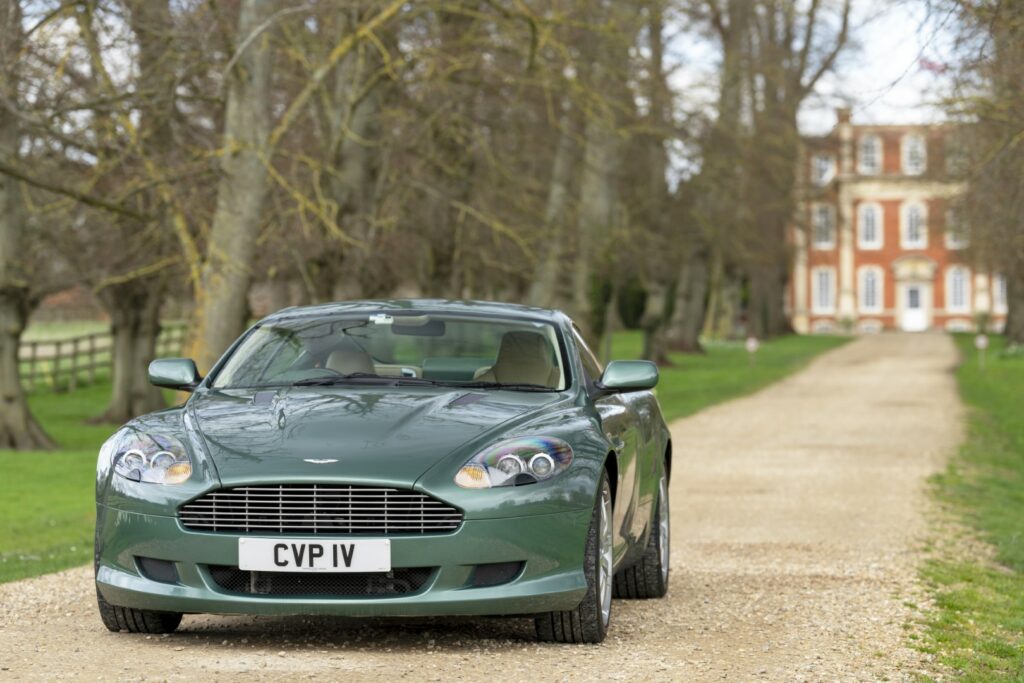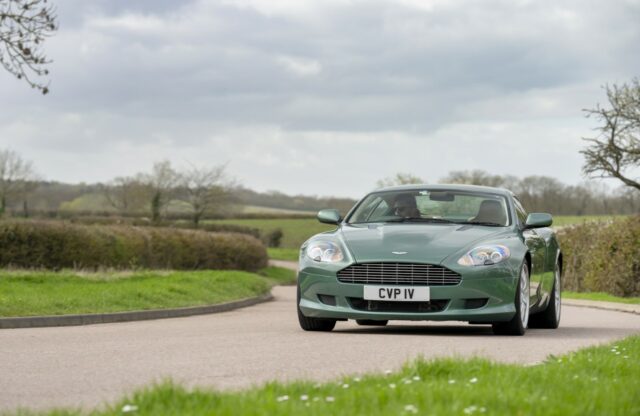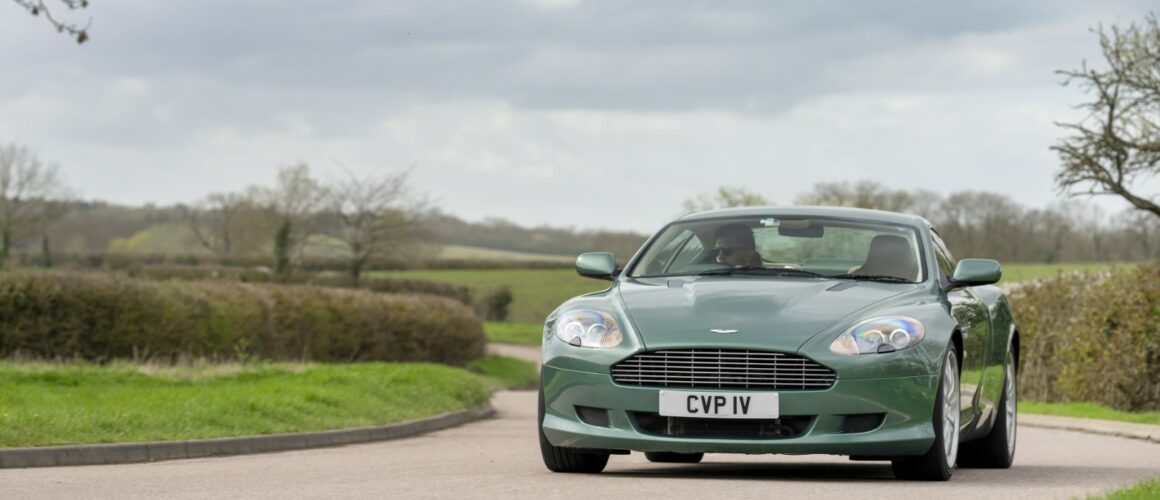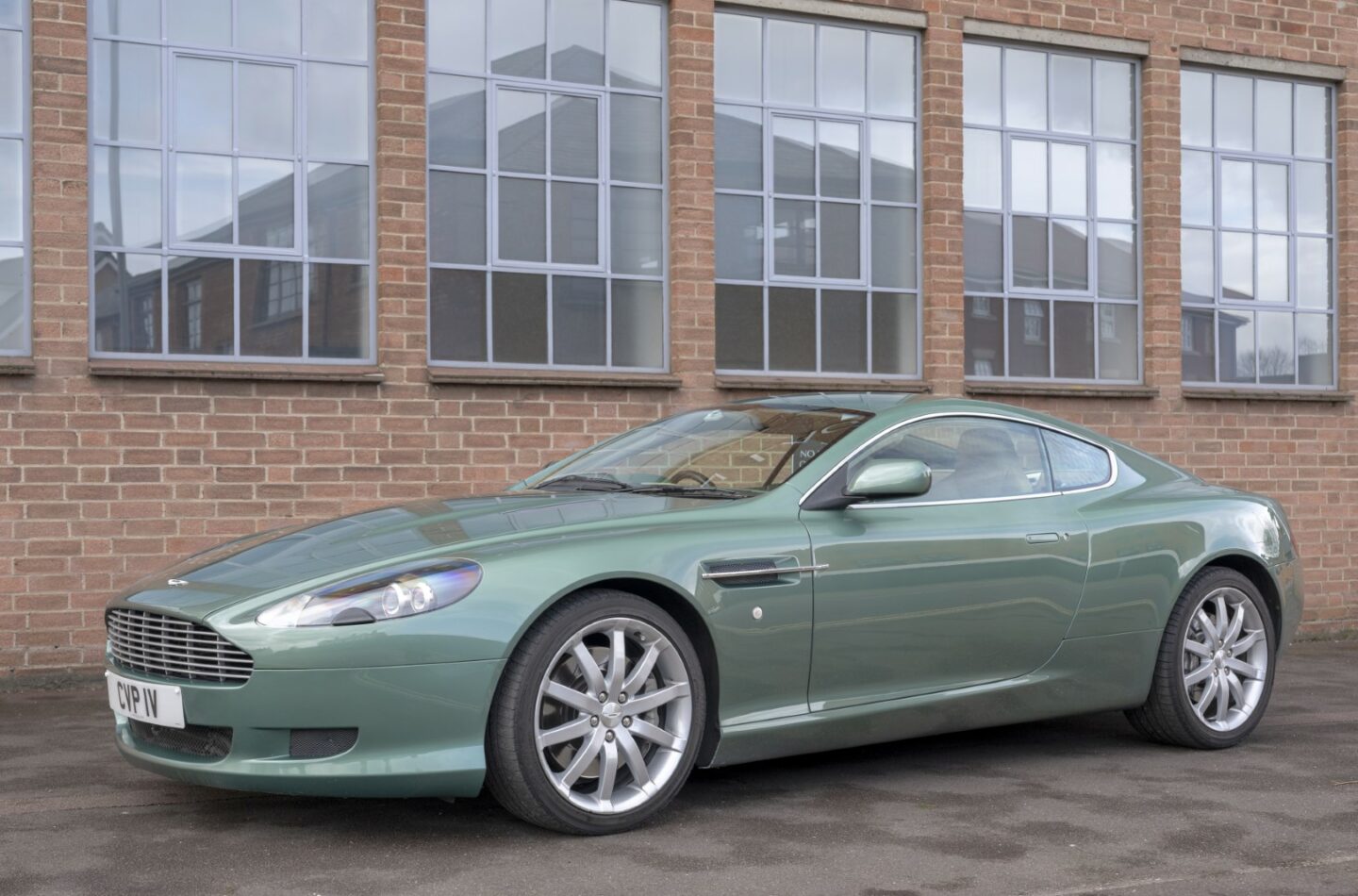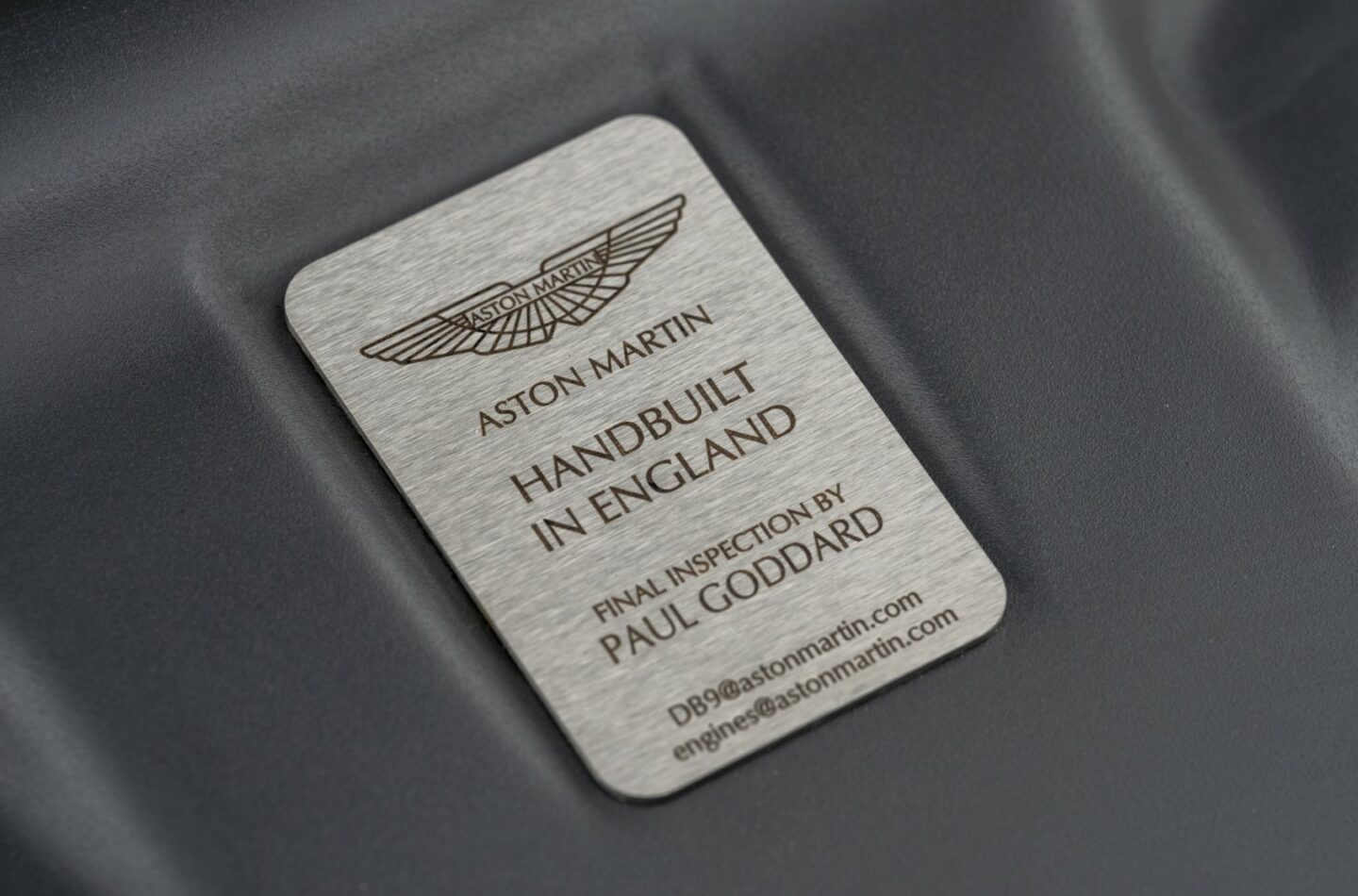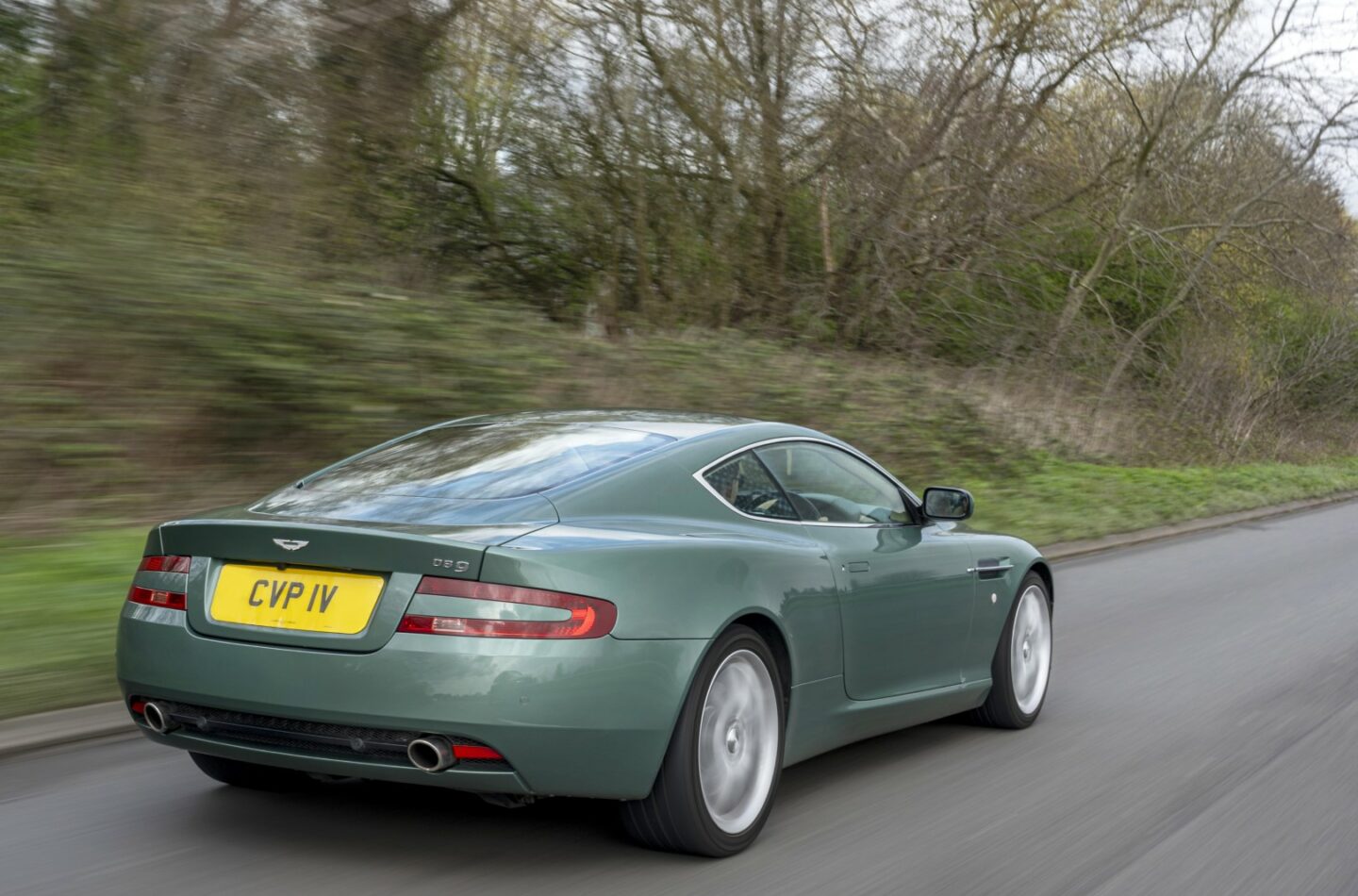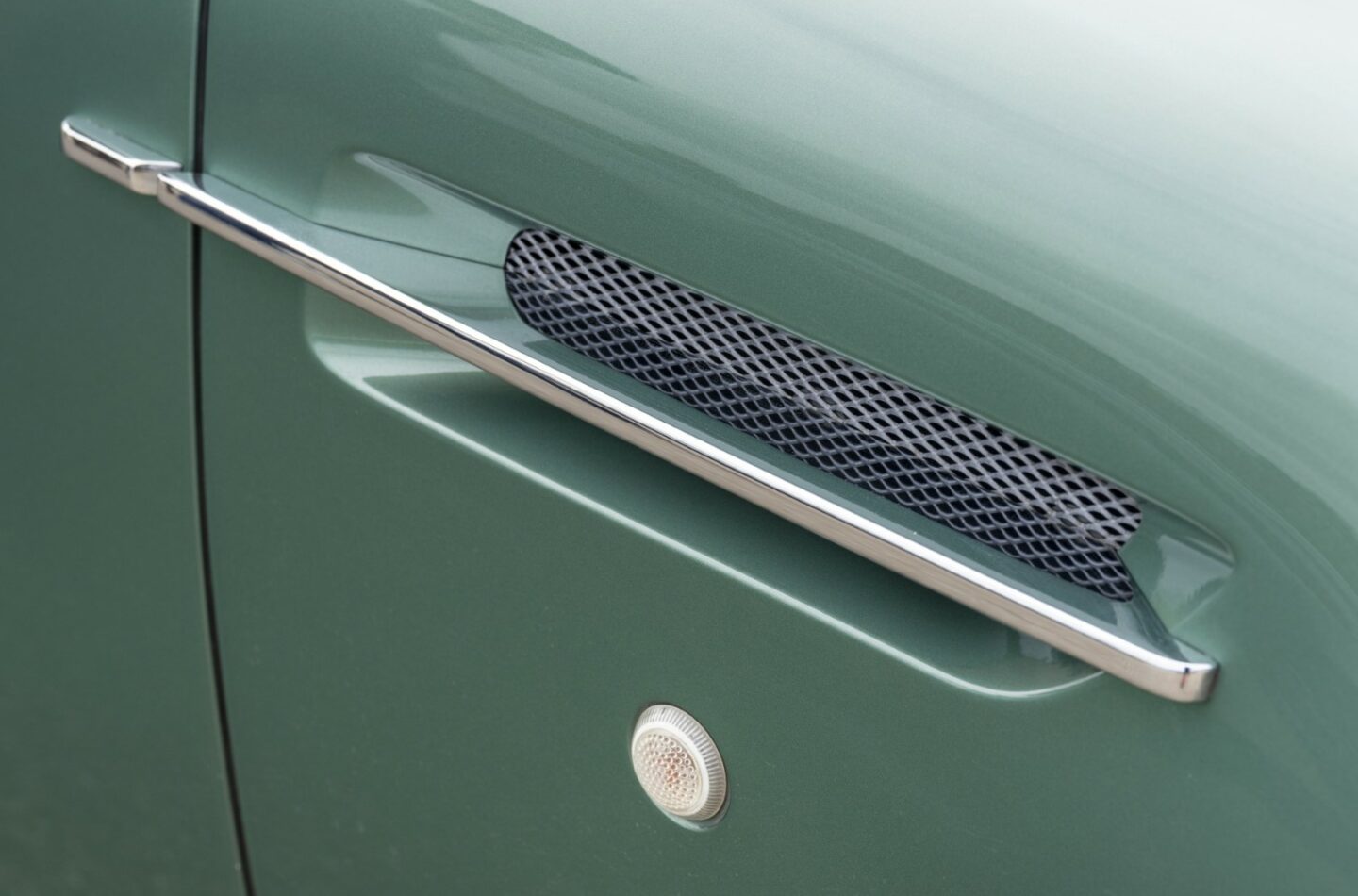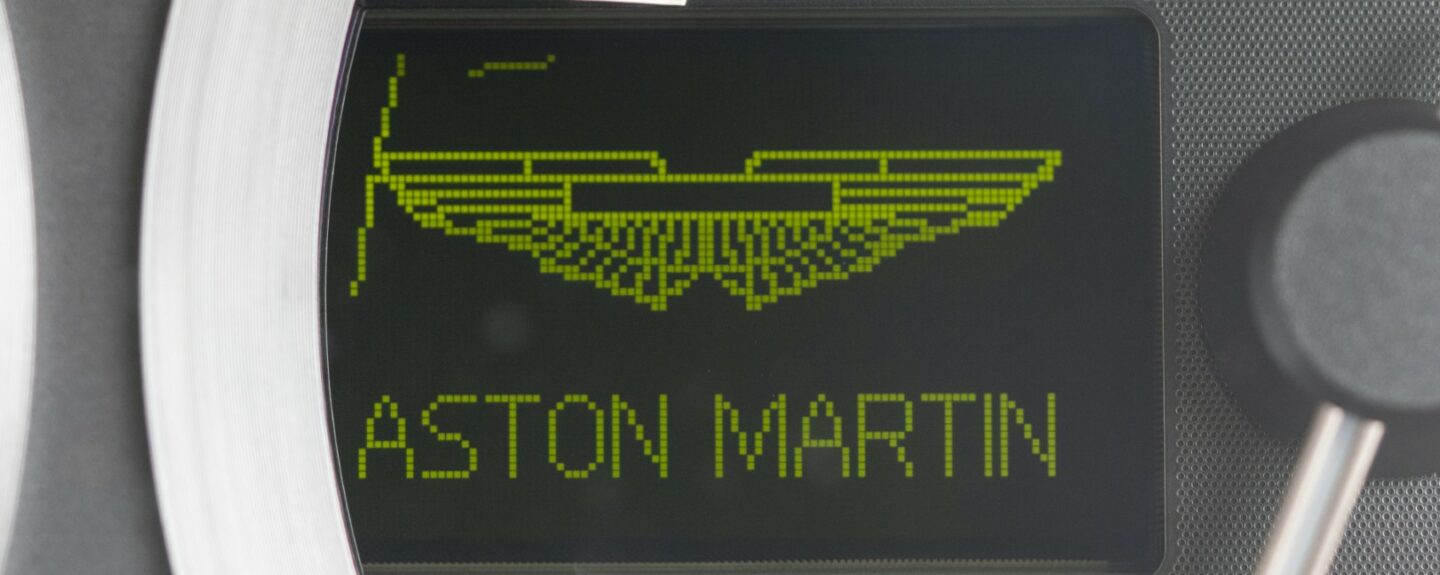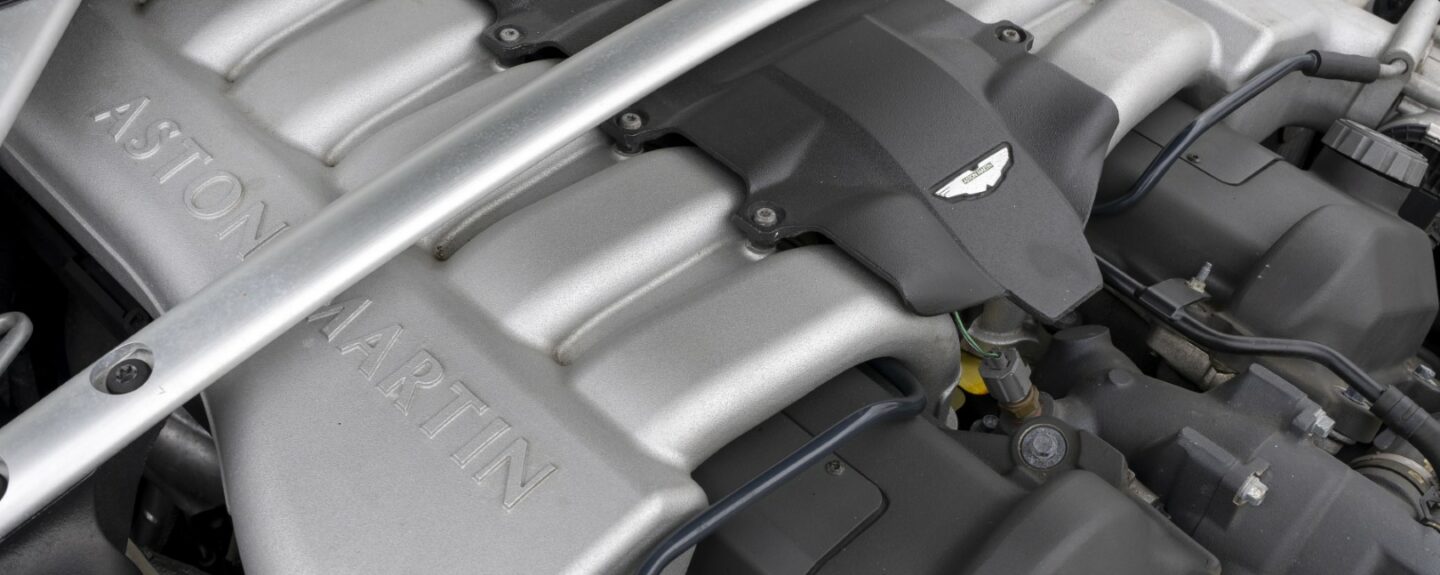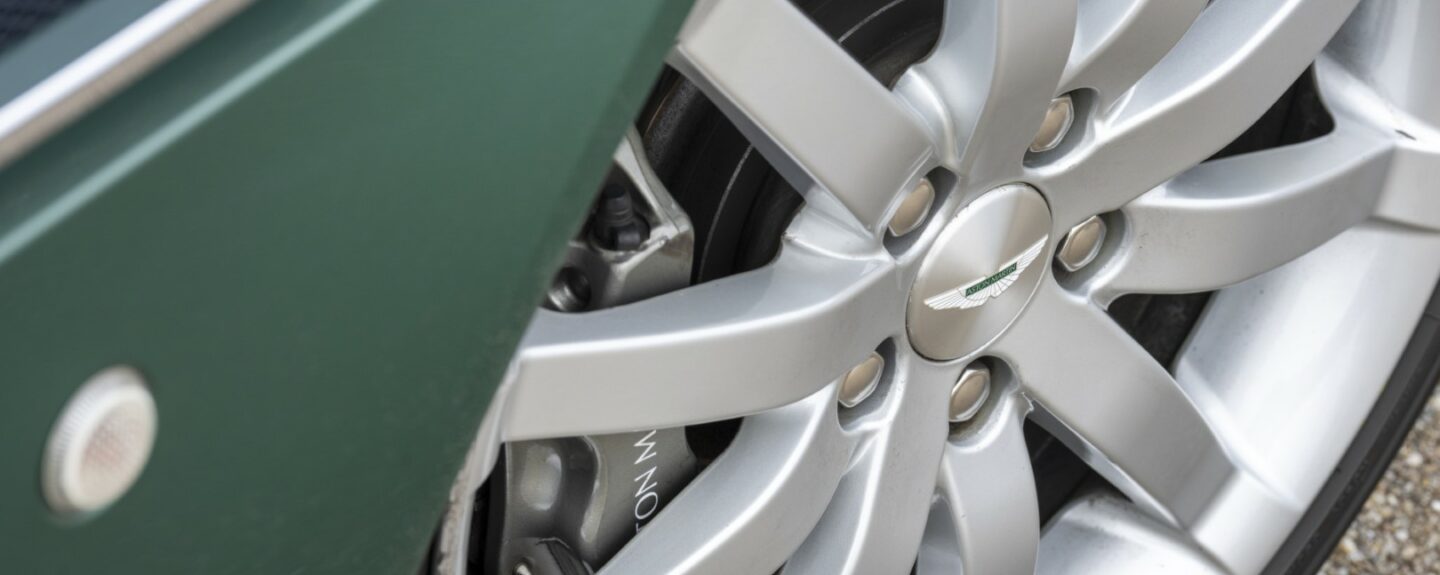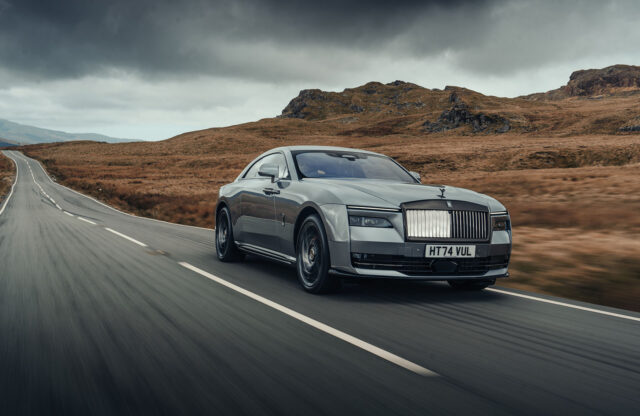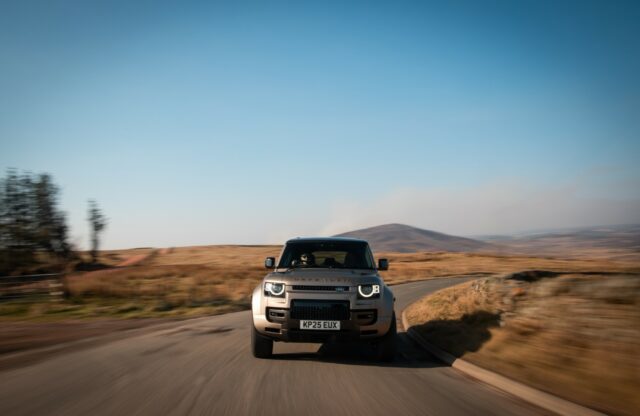Make no mistake: the DB9 saved Aston Martin. It was first unveiled in 2003 at the Frankfurt Motor Show, and the stakes simply couldn’t have been higher. Not only did the DB9 have to compete with rivals from the likes of Porsche and Ferrari, but it also had to single-handedly drag Aston kicking and screaming into the 21st century. Put simply: pretty but compromised cars with borrowed switchgear and ageing underpinnings would no longer cut the mustard.
In the words of Aston Martin Works president Paul Spires, the marque’s owner at the time, Ford, “bet the farm” on the DB9. “I don’t think we would be where we are today without it,” he continues. Ford had already piled money into Aston Martin by the turn of the millennium, but had little to show for it. It opened a new factory in Bloxham, Oxfordshire, one year after taking complete control of the marque in 1993. Yet the model portfolio remained narrow and, to many, felt dated.
Throughout the 1990s, variations of the brutalist V8 Virage and DB7 formed the entirety of the brand’s portfolio. Despite being the flagship model, the Virage was hamstrung by dated styling and parts sourced from the likes of Volkswagen, Audi, Citroen, Jaguar, GM and the Blue Oval itself. Despite the DB7’s stunning Ian Callum styling, it told a similar story; it was based upon the outdated Jaguar XJS platform, and riddled with Mazda and Ford-sourced components.

The DB9 was penned by Ian Callum and Henrik Fisker, and, to my eyes, it’s more timeless and elegant than many of its descendants
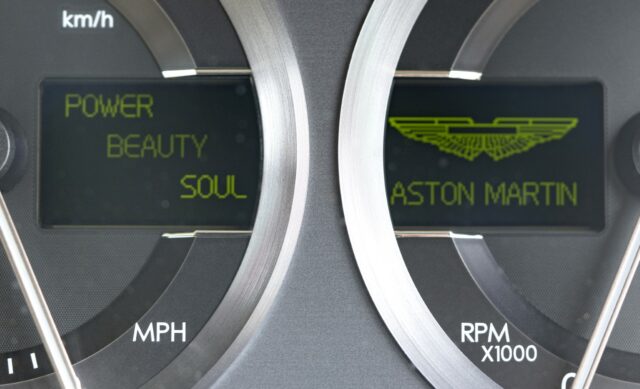
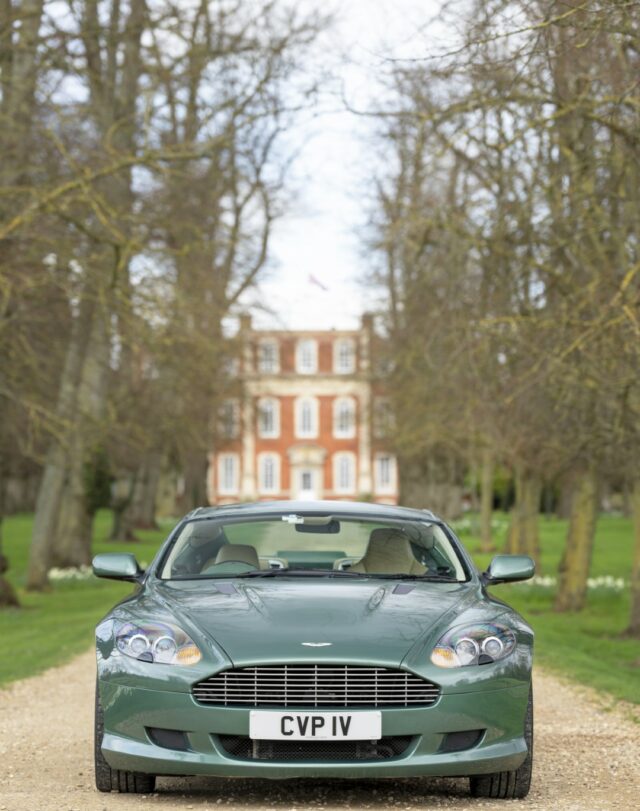
Yet Ford persevered, riding a wave of Y2K optimism with the launch of the 2001 Vanquish. As a low-volume flagship, the Vanquish served as a proof-of-concept for what the DB9 would bring only a few years later. The last car built at Newport Pagnell, the bold new Vanquish was a symphony of aluminium and carbonfibre. It featured Aston’s very own 5.9-litre V12 engine up front, which sent a muscular 460bhp to the rear wheels via a new-fangled six-speed automated manual.
The problem, however, was that Aston could not build the Vanquish in anywhere near the volume or cost required to turn the company’s fortunes around. The solution? A new, multi-million-dollar factory in Gaydon. The logic was that the new factory would allow Aston to use what it had learned with the Vanquish to manufacture the new, purpose-built, modular VH (vertical horizontal) platform for the DB9. With this plan in place, Aston skipped the DB8 nameplate entirely – such was the step on that the DB9 represented.
“At the time, we referred to the DB9 as a no-excuses supercar – and it really was,” Paul says. “The ambition was to build about 6000 cars per year. Before then, we had only been doing about 700. It was a heck of a bold statement for a company of that size to create its own platform from bonded aluminium, with an automatic transmission at the back – which hadn’t been done by anybody else at the time – with a 5.9-litre V12 engine. It was amazing. You can’t underestimate how important it was.”
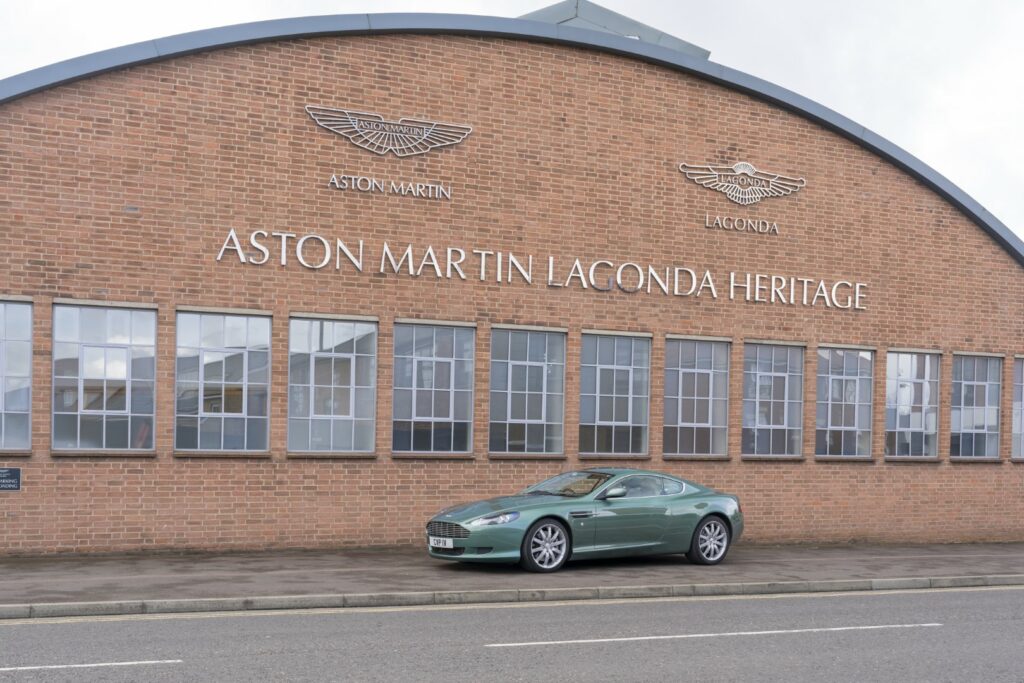
Paul then recalls a story that perfectly captures the mood and ambitions felt by those working for Aston at the time. “Before Gaydon opened in 2003-04, we were all called into the auditorium there,” he says. “Everything was blacked out, so we had no idea about the size and scale of the place. Ulrich Bez (Aston CEO at the time) then gave a presentation that laid out what we were going to do in terms of volume and so on. After hearing this, we were all sitting there very eagerly when, suddenly, the back wall ‘fell down’, and all you could see was this huge factory. Then, two DB9s came hurtling down the production lines and parked right in front of everybody. It was beautifully choreographed, and there was this rapturous applause because we had never seen anything like it.”
On paper, the DB9 lived up to its heady expectations. Aston built almost 20,000 examples, before production finally came to an end in 2016. The modular VH platform also underpinned every Aston Martin during that period, aside from the One-77 hypercar and the Toyota iQ-based Cygnet (which I’m sure Aston would rather you forget about entirely). So, what better way to pay my respects to the DB9 on its 20th anniversary than to get back behind the wheel of one of the earliest examples?
This particular car may be 19 years old, but it still looks as fresh as the day it was built. The DB9 was penned by Ian Callum and Henrik Fisker, and, to my eyes, it’s more timeless and elegant than many of its descendants – a few of which happen to be parked in our vicinity at Aston Martin Works’ dealership. This car is also one of surprisingly few examples painted in the rich, lustrous hue of Aston Racing Green, and is all the better for it.
Although not decorated with today’s aerodynamic bling, the coupé bodywork still draws you in with alluring details. Whether its the muscular haunches over the wide rear wheels, the signature side strakes, or the way the green paintwork glistens when light hits the bonnet bulge concealing the car’s V12 heart.
The flush, cantilevered door handles are another neat detail that, while de rigueur today, was essentially unheard of in 2004. Give the offside handle a pull, and the swan-wing door opens to welcome you into a world of luxurious Bridge of Weir leather, walnut, wool and flashes of aluminium. It strikes a perfect balance between British traditionalism and sleek European design.
Next, twist the key and pop what Aston calls the “emotional control unit” – or key, to the rest of us – into a neat slot on the centre console. The words “Power, Beauty, Soul”, pop up on the digital display, and the normally aspirated 5.9-litre V12 erupts with a formidable growl. Pure theatre.
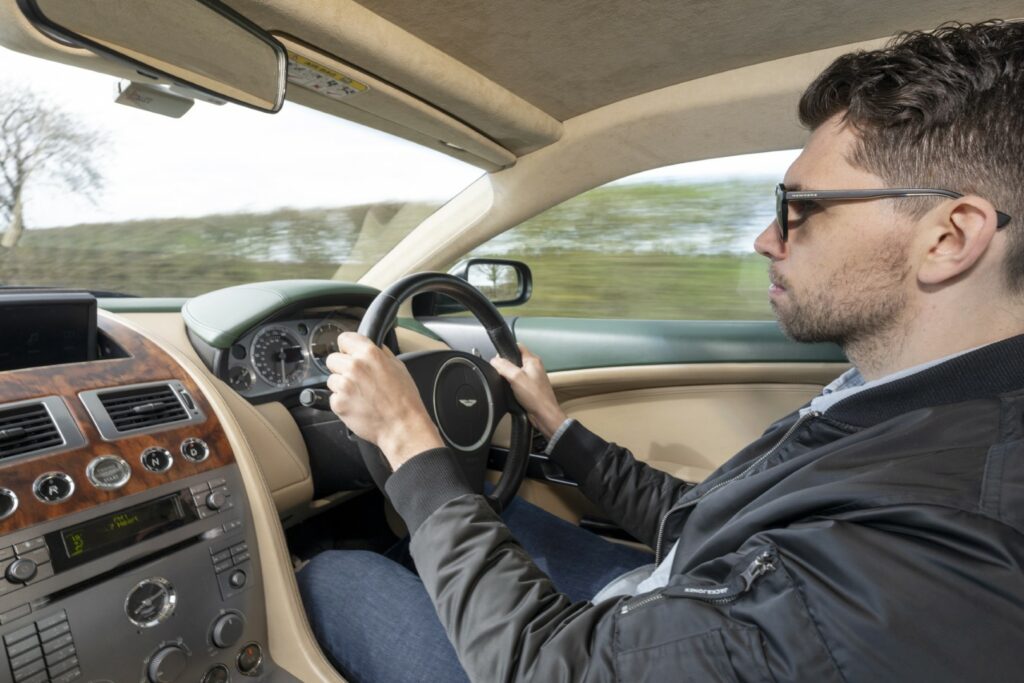
While purists will decry this car’s six-speed automated manual ‘box, the first few miles reveal that it suits the DB9’s grand touring character better than three pedals would. Progress is effortless, and it’s nowhere near as jerky or troublesome as many reviewers of the time would have you believe. Simply press your right foot into the carpet, and listen to the V12 howl towards its climactic red line as 450bhp is delivered to the Tarmac.
At no point does the DB9 give the impression of a car that wants to be grabbed by the scruff of the neck and hurled into corners at the limit of adhesion. It’s far more relaxed than that. For a start, you sit much higher than expected, which seems slightly incongruous at first, particularly after learning about its 50/50 weight distribution and carbonfibre propshaft.
The brakes also take a considerable push to slow things down, and the steering is not particularly communicative. But to judge the DB9 as a sports car is rather missing the point – particularly when, from a modern perspective, it doesn’t feel especially fast. The 0-60mph sprint takes 4.8 seconds, and you’ll be travelling at just over 180mph flat-out.
Forget trying to push the performance envelope. Instead, just ride a delicious wave of torque to the speed limit, while basking in your leather cocoon and enjoying the sound of the incredible engine. That said, the suspension is far too firm and crashy for a GT, and the seats feel narrower and tighter than appearances suggest.
Put such niggles to one side, though, and you’re left with what is undoubtedly one of the greatest Aston Martins ever built. It is, after all, the first car the marque engineered entirely in-house since the the DB4 in 1959. It’s also timelessly beautiful and effortlessly cool, and it single-handedly turned the company’s fortunes around, paving the way for Aston’s return to motor sport with the DBR9 and Bond car stardom with the DBS.
Twenty years on, I agree with Paul: Aston Martin wouldn’t be where it is today without the DB9.
